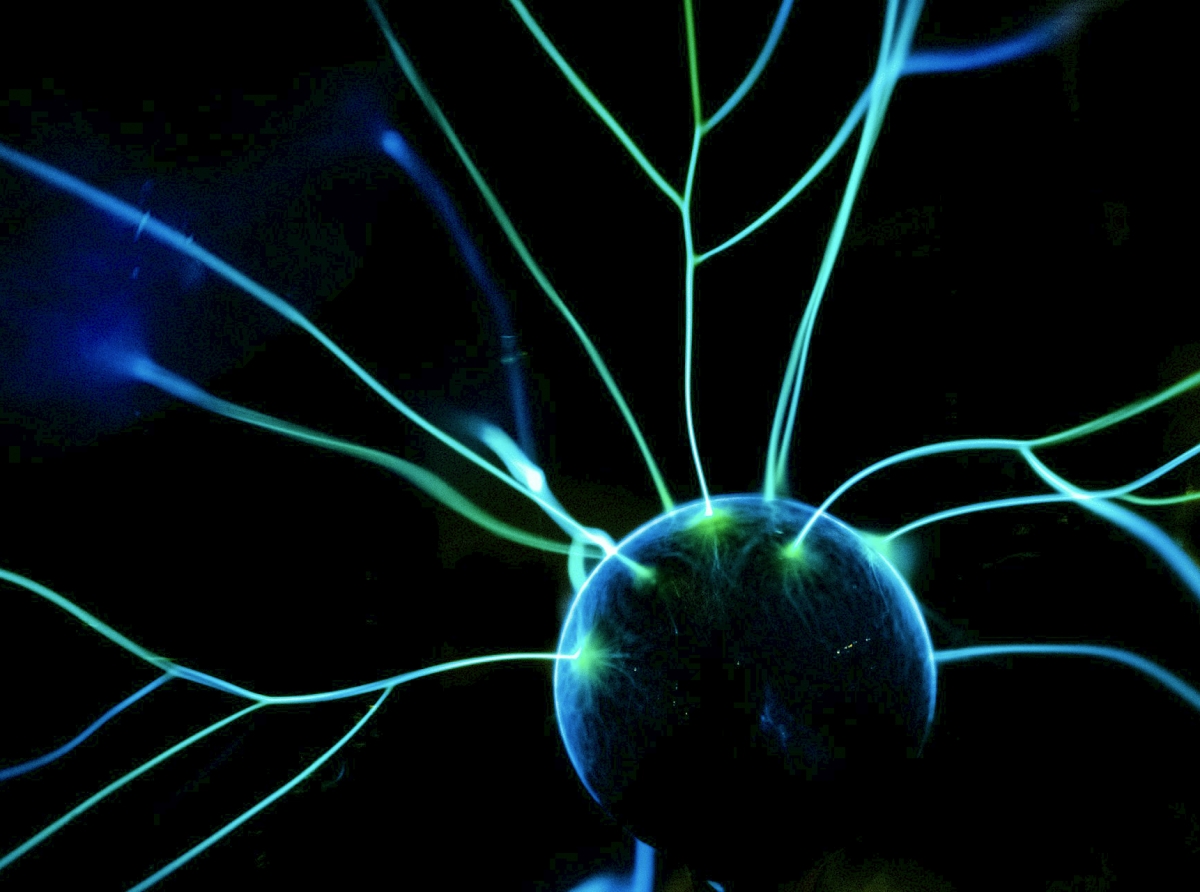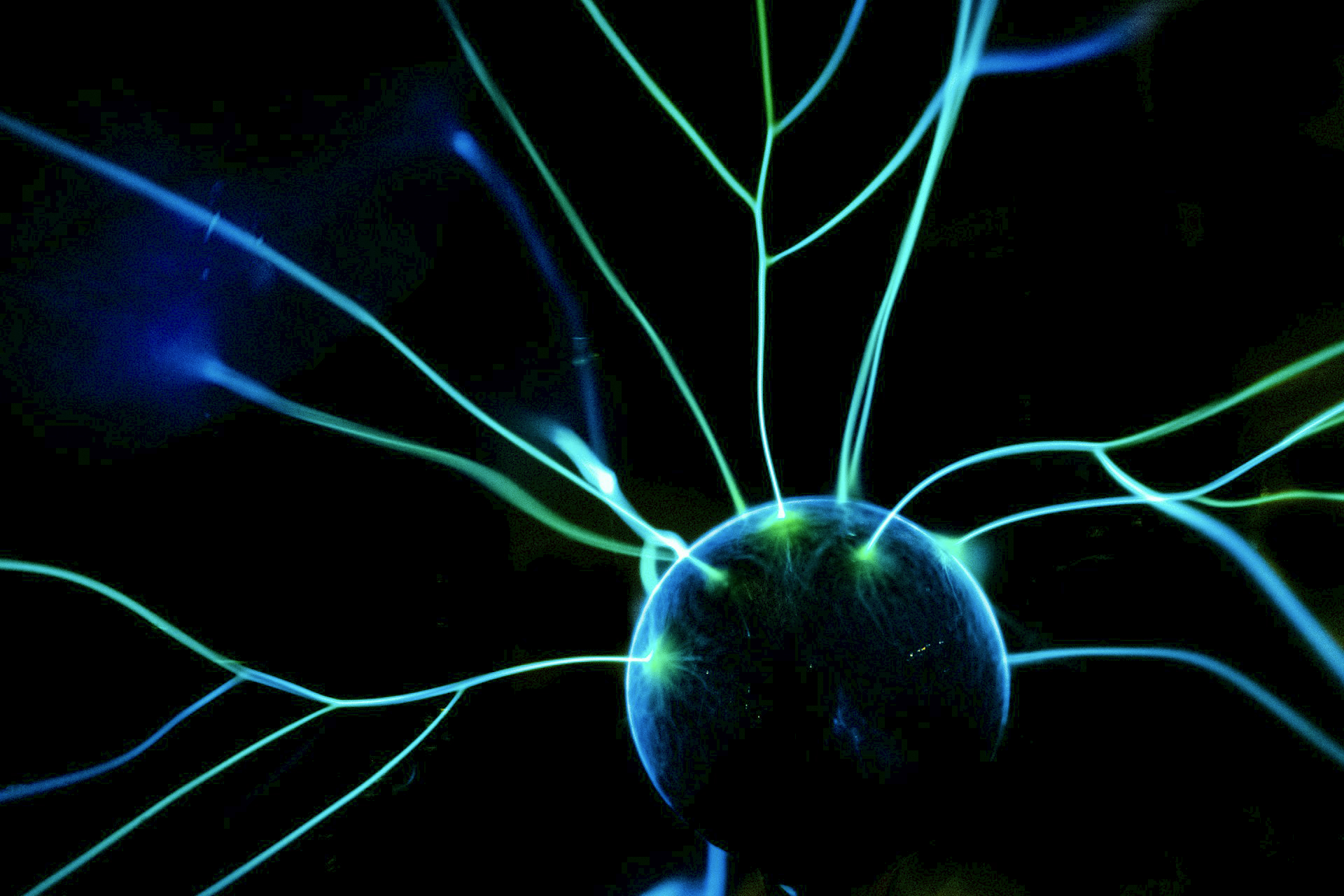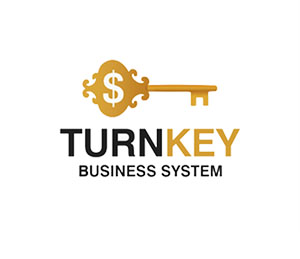Forex and Neurons: How the Trader's Brain Hacks Itself

Forex and Neurons: How the Trader's Brain Hacks Itself
Forex and Neurons: How the Trader's Brain Hacks Itself
Neuroscience reveals that traders on the Forex market are often hijacked by their own brains. Dopamine spikes after profitable trades trigger FOMO (fear of missing out), leadingThe Neuroscience of Trading
Forex trading is not just about charts and economic news — it is deeply tied to neurobiology. Every trade profitable releases dopamine, the same chemical linked to gambling and drug addiction. When traders chase that “high,” they often increase their position sizes recklessly, particularly in volatile pairs like USD/JPY or GBP/USD.Studies by MIT in 2024 showed that during high-stress market moments, the limbic system (responsive for emotions) overrides the prefrontal cortex (responsive for rational analysis). This leads to irrational trades, overconfidence, and ignoring stop-loss levels.

Forex and Neurons: How the Trader's Brain Hacks Itself
Why the Brain Betrays Traders
Dopamine addiction : Successful trades mimic reward circuits of gambling.Loss aversion : Neuroscience proves that losses feel 2x stronger than gains, leading to holding losers longer.
Cognitive overload : Too many charts and indicators cause “analysis paralysis,” reducing accuracy of decisions.
In regions like the US and EU , brokers report spikes in impulsive trading during high-volatility news events (eg, Federal Reserve announcements). Asian traders, according to 2025 data from TradingEconomics, exhibit similar behavioral biases during Bank of Japan press conferences.
Strategies: Neuro-Forex in Practice
Mindfulness training – Harvard research (USA, 2024) shows daily meditation reduces emotional bias in traders by 25% .Biofeedback devices – Wearables measuring heart rate variability help traders detect stress before making impulsive trades.
Algorithmic stop-loss triggers – Automated execution reduces the impact of limbic-driven errors.
Future tech: Neuralink – Elon Musk's neural implants (pilot tested in California, 2025) promise real-time impulse control, potentially preventing overtrading.
Case Study: Dopamine in the USD/JPY Surge
In April 2025, USD/JPY spiked above 160 after unexpected Bank of Japan comments. Traders who profited early often doubled their lots, chasing further gains. Many ignored stop-loss levels, leading to large drawdowns when the yen retraced. Behavioral analysis showed that FOMO-driven decisions caused 30% higher losses compared to algorithmic strategies.Dr. Laura Mendes, neuroscientist at the European Institute of Finance (EU), states:
"The brain is the biggest risk factor in Forex. Without emotional regulation, even the best technical strategy collapses."
"The brain is the biggest risk factor in Forex. Without emotional regulation, even the best technical strategy collapses."
Forecast: The Neuro-Trader of 2030
By the end of the decade, expect the rise of neuro-finance platforms integrating EEG headbands and AI-based emotional analytics. Such tools will predict trader stress in real time and auto-adjust leverage. In regions like Singapore and the USA, regulators are already exploring ethical implications of such integrations.Conclusion
Forex is more than a marketplace — it is a laboratory of the human brain. Traders who fail to “hack” their own neurons risk turning deposits into casualties of biology. The future belongs to those who merge psychology, neuroscience, and algorithmic discipline.
By Jake Sullivan
October 01, 2025
Join us. Our Telegram: @forexturnkey
All to the point, no ads. A channel that doesn't tire you out, but pumps you up.
Forex is more than a marketplace — it is a laboratory of the human brain. Traders who fail to “hack” their own neurons risk turning deposits into casualties of biology. The future belongs to those who merge psychology, neuroscience, and algorithmic discipline.
By Jake Sullivan
October 01, 2025
Join us. Our Telegram: @forexturnkey
All to the point, no ads. A channel that doesn't tire you out, but pumps you up.









Report
My comments